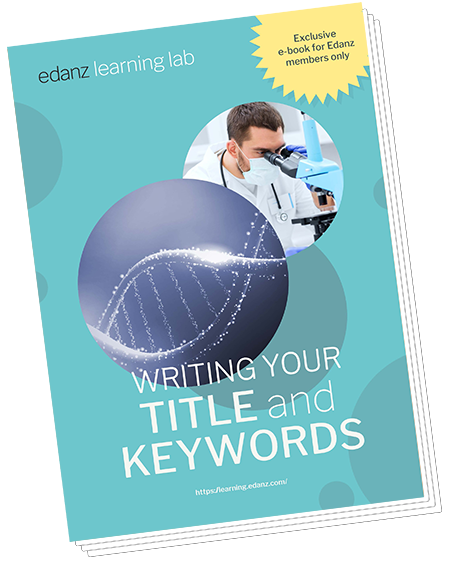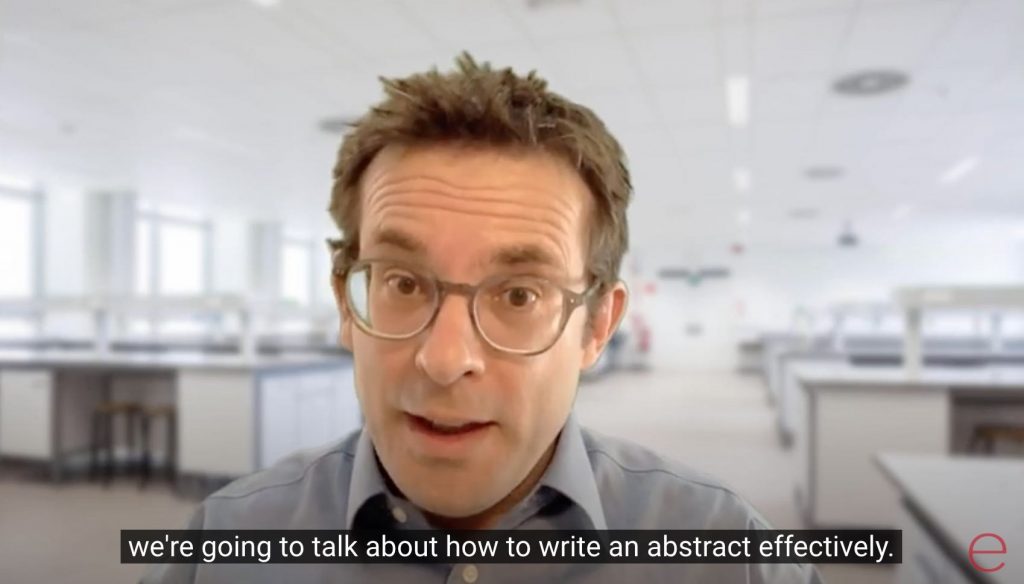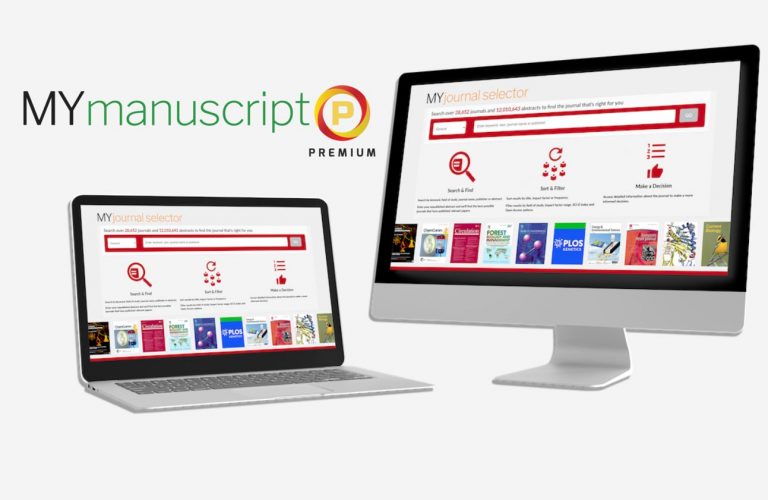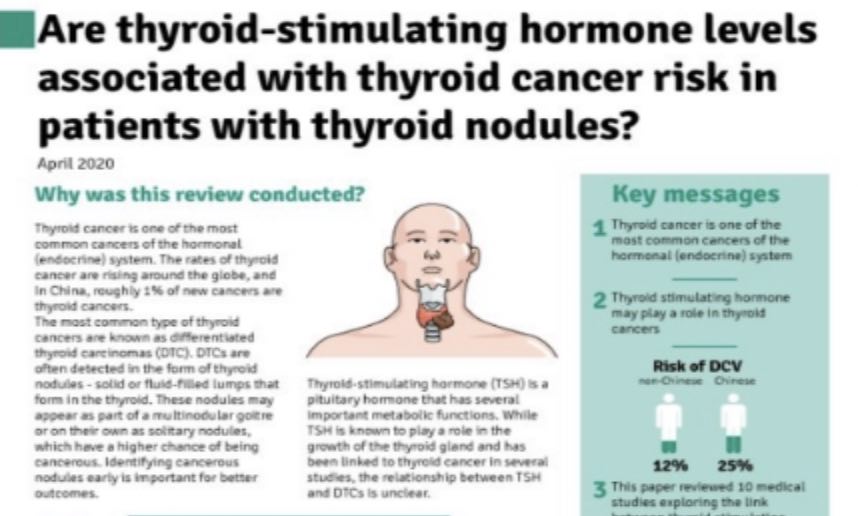Don’t have a MY edanz account yet? Create your free account to download this PDF now

Tune up your TITLE
and KEYWORDS!

Daniel McGowan, PhD
Edanz Science Director
So you’ve written an amazing abstract that will make people want to read your paper? Great! But FIRST your paper must be FOUND by the reader. This means you need the right TITLE and KEYWORDS. Here are some tips for getting more readers to find YOUR paper in database searches!
Titles
The Title is usually the first, and often the only, thing about your published work that readers will see.
An effective title should:
- Be brief and concise (a full sentence is not needed)
- Capture attention and make readers want to read further
- Accurately reflect the contents of your manuscript
- Highlight an important feature of the research
- Include at least one keyword
- Be clear and easily understood (avoid uncommon abbreviations and jargon)
Developing a good title for your manuscript can be challenging. We recommend that you draft a general “working title” soon after you have analyzed your results and made an outline of your text. You can even use or modify your MyManuscript project title to begin with. You can refine your title after you have finished drafting your manuscript and decided the most important message.
Here are some more tips for your title:
- List the main topics and most important feature of your work, and link them using as few words as possible.
- Consider mentioning the variables, materials, sample, scope, duration, or study type.
- Later, edit your title to be as concise and specific as possible, and to answer the question “What was studied?” or “What was the main conclusion?”
- Delete words such as “A study of”
- Ask your collaborators and supervisor for their opinion.
Check published articles (or a past Table of Contents of your target journal) for the preferred title style:
- Title poses a question (interrogative style)
- Title indicates the topic or aim (indicative/descriptive style)
- Title declares the conclusion (declarative/informative style)
- Title in two parts, with additional details (e.g., special feature, study type) after a colon or dash
- Other style requirements and the allowed number of words or characters in a title
Examples of Titles:
Findings about researchers’ knowledge of true and false journal IFs and their experiences of having previously submitted manuscripts to journals with true or false IFs, from an analysis of replies to an online survey study
Explanation: This title is long, has unnecessary words, and has an uncommon abbreviation.
- Why do researchers publish in journals with false impact factors?
- Researchers do not know about impact factors
Explanation: These titles are too short and general and do not accurately reflect what was studied; some journals discourage the use of questions, full sentences, or conclusions as titles.
Experiences of researchers submitting manuscripts to journals with false impact factors: cross-sectional study
Explanation: This is an effective title. It is concise, is easy to understand, and conveys the important aspects of the research conducted. It has two parts: the first part (“Experiences of researchers submitting manuscripts to journals with false impact factors”) is indicative/descriptive and the second (after a colon: “cross-sectional study”) gives the study type.
Keywords
Keywords are used to help indexers, database search engines, and browser search engines—and hence readers—find relevant titles, abstracts, and papers.
Appropriate keywords will increase the number of people finding and reading your article, thereby hopefully leading to more citations. In certain databases, a controlled vocabulary system (dictionary or taxonomy) is often used.
Check your target journal for the number of keywords allowed (usually 4 to 6) and their format (e.g., UK or US spelling, order of keywords, and any special punctuation). Note that disciplinary databases commonly use a controlled vocabulary system and may have their own special dictionary or taxonomy list. Specific journals and academic societies may also have their own standard keyword lists.
To be effective, keywords must be chosen carefully. They should:
- Represent the main topic, concepts, materials/products, or variables of your study
- Be specific to your study and (sub)discipline
- If possible come from disciplinary keyword lists, such as Medical Subject Headings (MeSH), Institute of Electrical and Electronics Engineers (IEEE) Taxonomy, and Journal of Economic Literature (JEL) Classification System
- Usually not simply consist of keywords from the article title (but you may include 1 keyword from the title and use variants/synonyms); some journals ask for specific timing, geography, or species to be included in the keyword list
- Usually be listed after the abstract
- Appear in the abstract and main text a few times
- Avoid unusual abbreviations
Examples of Keywords
…for a manuscript titled, “Effects of p53 mutations in bladder cancer cells after hypoxia induction”
- too general
- repetition of title
- too much redundancy
- undefined abbreviation that also repeats another keyword (BC=bladder cancer)
- terms are not from a controlled vocabulary
- Whether abbreviations are allowed
- Whether synonyms or word variants of keywords from the title are allowed
- If the journal uses special punctuation, capitalization, and a hierarchy of terms
Cell Hypoxia/genetics; Cell Line, Tumor; Oxygen/metabolism; Tumor Suppressor Protein p53/genetics; Urinary Bladder Neoplasms/pathology
Explanation:
- More specific and descriptive
- variants of title keywords used
- controlled terms from MeSH
- special punctuation
Final thoughts
If you keep the above tips in mind, you can write an effective title and keywords that will make YOUR RESEARCH paper STAND OUT and be discovered by more readers. Good luck!
Other content you might enjoy
Video blog
Four Questions That Every ABSTRACT Should Answer
Dr. Gareth Dyke explains the easy, effective way to write the abstract for your paper — just by writing short answers to FOUR simple questions
Course / Tool
Writing a Research Manuscript Step-by-Step
Learn how to write a complete manuscript with the powerful, secure MY manuscript toolset
Support services
Plain Language Summary Development (PLS)
Communicate your research results to non-experts with a PLS that explains your research in clear, simple language for a wider audience







